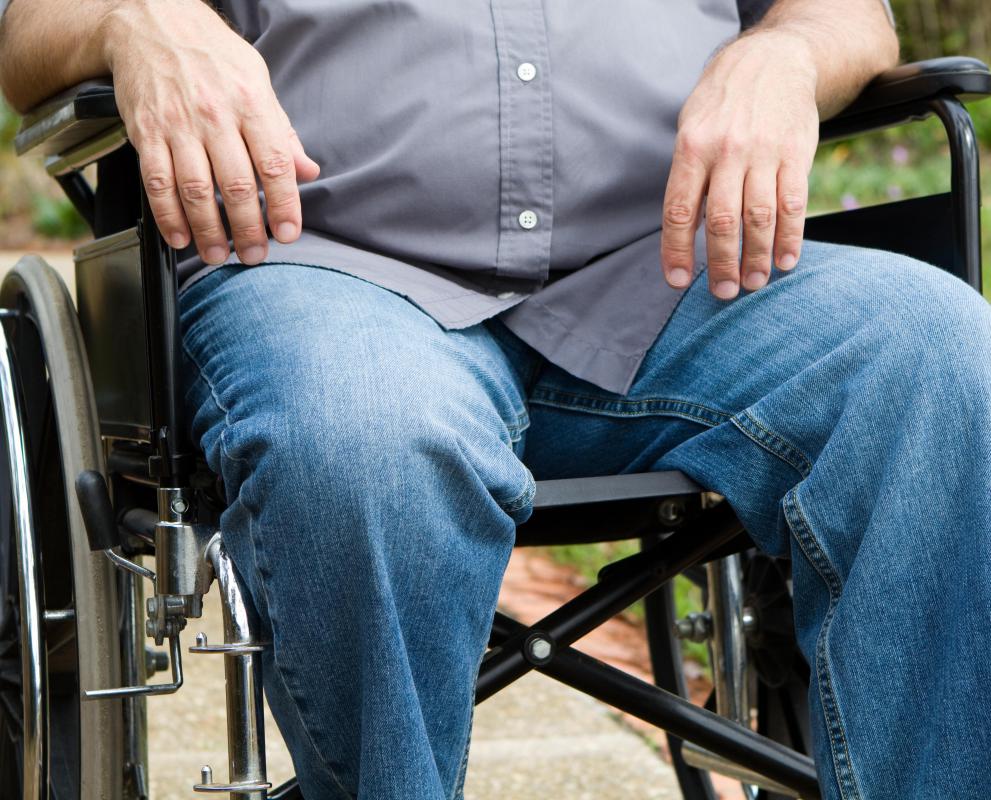At TheHealthBoard, we're committed to delivering accurate, trustworthy information. Our expert-authored content is rigorously fact-checked and sourced from credible authorities. Discover how we uphold the highest standards in providing you with reliable knowledge.
What is Spinocerebellar Ataxia?
Spinocerebellar ataxia is an inherited disease which causes the cerebellum to atrophy, leading to a variety of health problems. There are over 30 recognized kinds of spinocerebellar ataxia, and researchers uncover additional types periodically through the use of genetic testing. People with spinocerebellar ataxia can have this condition in a variety of degrees of severity, ranging from mild forms which allow someone to live a fairly normal life to severe forms which can cause early mortality.
The key feature of the spinocerebellar ataxias is that they cause people to become ataxic, meaning that their gait is uncoordinated. Patients can also experience spasticity due to atrophy of the spine, along with speech and vision problems and difficulty coordinating the hands. The onset of spinocerebellar ataxia can happen at various ages, with many people developing symptoms in adulthood.

Symptoms of this condition can resemble those of multiple sclerosis and other neurological disease. For this reason, genetic testing may be recommended when patients present with the classic symptoms, to rule out or confirm spinocerebellar ataxia. Testing will reveal the chromosomal abnormality which led to the development of the condition. MRIs of the brain can also reveal the classic wasting of the cerebellum associated with spinocerebellar ataxia.

This condition is caused by too many repeats of a sequence within a gene, and it can be observed on a number of chromosomes. People can inherit the condition directly from a parent, or they can be the victims of a phenomenon known as anticipation, in which one parent has a genetic sequence which is slightly too long, but not long enough to cause spinocerebellar ataxia, and the genome expands in the child, causing the condition to emerge.

Patients with spinocerebellar ataxia usually end up in a wheelchair as they progressively lose control of their bodies, and they may require personal assistance in the later stages. By identifying the condition early and getting the patient into physical therapy and excellent neurological care, a doctor can increase the patient's chances of remaining independent.
Parents can opt for genetic testing and counseling before getting pregnant to determine whether or not their children will be at risk of developing spinocerebellar ataxia and other inherited diseases. It's important to pair any testing with advice from a skilled genetic counselor, to ensure that parents fully understand what the results mean and how they should be applied to the situation of the parents.
AS FEATURED ON:
AS FEATURED ON:













Discuss this Article
Post your comments